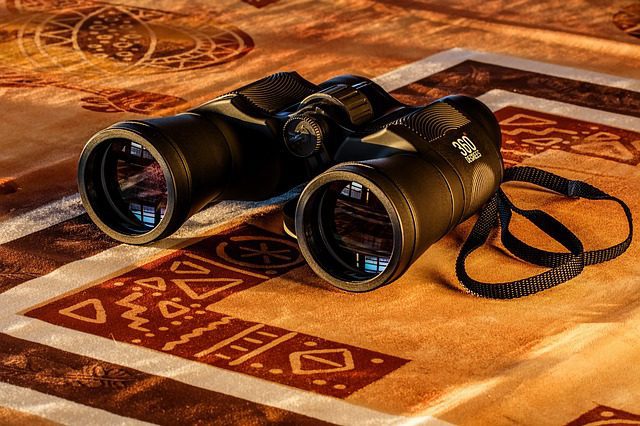
For all the far distance viewing enthusiasts, the sharpness and clarity of the whole picture is the first thing they hope for. After all, who would want to miss that last tree line behind the mountains or that bird with a unique color pattern or the constellation you’ve been wishing the weather to behave for you to get a glimpse of thousands of miles away. Well, with one click of a button on the best image-stabilized binoculars, you can eliminate shaking from any view out of focus, no matter if you are watching the stars or kayaking. These binoculars significantly reduce any movement error that might deteriorate the viewing joy of the user. As the name itself suggests, these long-distance viewing gears enhance the quality of the image it is aimed at.
Significance of Image Stabilized Binoculars
Imagine the frustration after you’ve been holding up still for minutes to capture a breath-taking view afar and it turns out to blur. And it sure is most likely to happen with high magnification which compromises the stability of the shot. The higher up you intend on going with magnification the more necessary it becomes to support photography or viewing experience with image stabilization binoculars in order to witness a noise-free, crisp quality image.
How do Image Stabilized Binoculars function?
The image-stabilized binocular is built upon and fitted with an electronic sensor that assists image processing when the view it is aimed at begins to show grain. The in-built sensor regulates the lens and shifts prisms in order to facilitate a high-quality viewing experience under various lighting and long-distance challenging conditions. This helps in avoiding hazy pictures and reduces the time & effort needed to capture your desired shot.
The image stabilization binoculars are available in two classifications depending upon the requirement and their function.
- Active Image Stabilized Binoculars: Stable platforms are required to use active ISBs. A pair of electronic sensors in this system is used to measure movements made with the binoculars. In order to correct your viewing aspects, it will adjust some of them on its own. Therefore, enhancing the quality of images taken from a well-balanced standpoint.
- Passive Image Stabilized Binoculars: The stability of passive image stabilization binoculars allows their use even when the user is not stationary. This effect will be continuous so that your image is continually stabilized. The prism is regulated to restrict movements. This is done with the help of a gyroscope.
The various factors that define the best image stabilized binoculars include:
- Aperture: During optical observation, the aperture of your binoculars allows light to enter. This refers to how big your binoculars’ lenses are. Choosing the right aperture size depends entirely on its intended use. As an example, you should opt for at least 60mm in astronomy while regular viewing can also be done at 36mm.
- Field of View: In binoculars, FOV or field of view describes the total area covered by the image. In astronomy binoculars, the angle is typically indicated in degree units. For hunting binoculars or birding binoculars, they can also be measured in yards or feet.
- Lens Film: Glare and internal light loss are both reduced by lens film. This will lead to improved sharpness and contrast of captured images.
- Poundage: You should choose lightweight and compact image-stabilized binoculars if you plan to use them on the go. However, the weight of the binoculars and bigger lenses will also be heavier if you plan to be stationary and use other supporting gears along.
- Nature of Build: The nature of build refers to the durability of its toughness depending upon the conditions it is put in use. As in case you intend to use your gear in the wild, this feature should be a must.
Read more laptop buying guides to find out which laptop you should buy.
